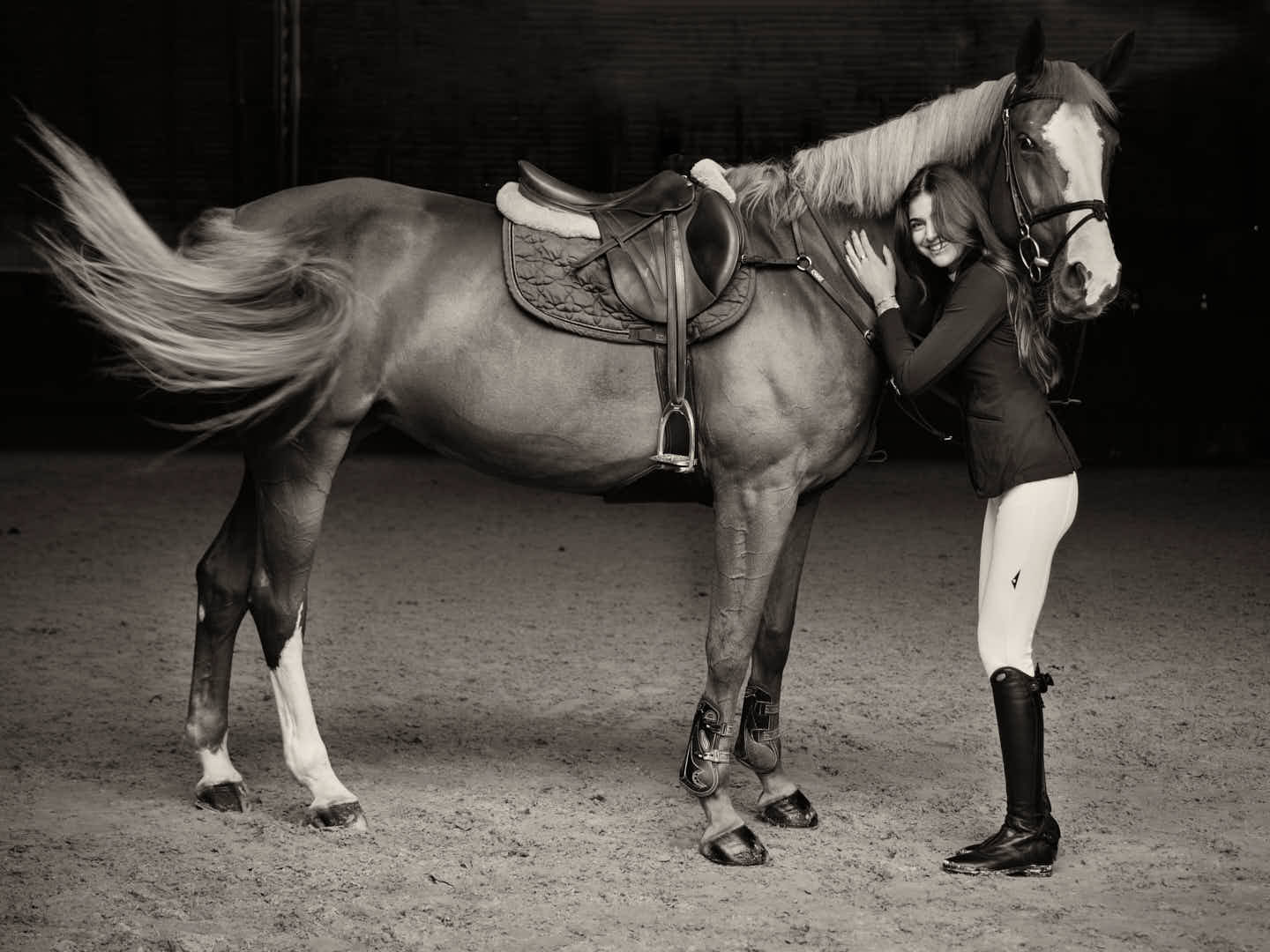
Corporate Portrait: 5 Essential Keys, Are You Represented or Recognized?
Why Now More Than Ever It Matters How You Shape Your Corporate Portrait or Personal Branding Portrait
In an environment where social media, digital platforms, and professional portals dominate our public images, how you visually present yourself ceases to be a secondary aesthetic choice and becomes a strategic identity decision. The person you show in your LinkedIn profile or on the “About Me” page of your website not only needs to look good — they must look credible. In Spain and across the Spanish-speaking world, the culture of personal branding is growing rapidly; leaders are on a journey to consolidate authority through their visual presence, and often face this dilemma: represent yourself, or be recognized?
This article does not theorize: it intends for you to understand that difference, see concrete examples (both national and international), and discover how I — Julio Bárcena — can help you choose the approach that best aligns with you and your message.
Being Represented vs Being Recognized: What Do Images Actually Say?
When we talk about corporate portrait photography and personal branding photography for executives, those two phrases that sound similar hide powerful nuances.
“Being represented” refers to constructing a visual image that communicates a concept (values, position, aspirations).
“Being recognized” suggests your real, unique identity emerges from the image, and people who look at you identify with you, not with an ideal.
Have you ever felt that your “corporate” photo distances you from yourself?
Or, conversely, have you seen one of your photos and thought: “this is me, but I don’t know if it communicates authority”?
International Editorial Examples
Iranian photographer Forough Yavari was named International Portrait Photographer of the Year 2023 precisely for exploring feminine identities behind the image, beyond superficial aesthetics. euronews+1
The work of contemporary portraitist Martin Schoeller, known for his radical close-ups of celebrities and everyday people alike, places identity at the forefront of the portrait: there’s no fantasy, there is powerful vulnerability. (Link: Wikipedia for Martin Schoeller.)
The rise of personal branding photography is gaining solid ground in media and specialized studios. Some now offer executive portrait sessions with a conceptual and storytelling-driven approach — see portfolio examples.
Social and Cultural Context: Image in Times of Overexposure
We live in an overlaid era of images. People are exposed to hundreds of faces every day: in stories, posts, corporate publications. In that visual noise, the most valuable promise is not just “looking beautiful” but “being relevant.”
Moreover, contemporary culture demands honesty. Audiences — especially professional women — reject the artificial and seek authenticity, tangibility, the personal. In that sense, a portrait that merely “represents” may feel distant; one that seeks to “recognize” may seem weak if it does not convey authority.
In Spain, there’s also a cultural tension between professional sobriety and emotional warmth. Thus many female leaders wonder how to project seriousness without losing humanity. This is where corporate portraiture must flow with subtlety: neither rigid nor overly relaxed.
Why Is It So Important?
Many executive women and leaders who come to me express frustrations like:
“I feel my visual image doesn’t communicate what I want; I look stiff or distant.”
“My corporate portraits don’t generate empathy or connection; people don’t recognize me.”
“I’ve done sessions before, but I didn’t get a feeling of consistency between networks, website, and press.”
“I don’t know what style I need: something elegant, emotional, authoritative, human?”
We stand at the crossroads between difficulty and opportunity: many visual communication strategies fail because they ignore the dilemma between representing and recognizing. Those seeking corporate photography in Madrid or business portraits in Barcelona look for technical quality, but also for deep meaning.
My Approach: Deciding with Purpose
When I work with you, I don’t start with the camera — I start with conversation. Here are the key stages:
Visual & Strategic Diagnosis
Together we explore your values, your audience, the purpose of the images (use in web, social media, press, conferences).Direction of Approach
From that diagnosis, we decide: will we create a more represented portrait (scenic, conceptual), or one that leans toward recognition (real gestures, minimalism)? Sometimes we combine both.Scene Construction
I create moodboards, guide wardrobe selection, lighting, styling, context, gestural direction. This is where it’s not enough just to know photography, but to direct the scene.Precise Production & Coherent Delivery
Each shot has a purpose. Then I deliver images with multiple applications (web, social, press), all aligned with the same visual storytelling.
Illustrative Cases
Ferran Adrià 20 years ago: a young chef dazzling the world with astonishing creativity in the traditional world of cuisine from a corner of the world. His image came to represent eccentricity and surprise in cooking.
Ferran Adrià today: you can see in another entry more about him. He’s known worldwide as the creator of modern cuisine. He’s been photographed hundreds of times: one of the covers shown in his museum was made by me. But how would Ferran Adrià like to be recognized?
He’s spending his later years investing in leaving a legacy that transcends for future generations. It’s no longer only what he represents, but leaving his identity associated with his work; being recognized as a gathering figure of knowledge about creation. The great encyclopedia of knowledge. And what better than an image not merely of his face, but of his mind — and of the immense amount of wisdom, whatever form it has, that he has come to gather. The result: his reach on networks increased and his message resonated in many testimonies.
Both approaches are valid; the challenge is knowing which serves your purpose, not which is “better.”
And You? Questions That Will Help You Choose
What is the primary goal of your photos? Institutional visibility, emotional closeness, authority?
Who is your ideal audience and what do they expect to see in you?
What values do you want to project (elegance, innovation, warmth, rigor)?
Where will you use those images (web, presentations, social media, press)?
If you look at an ideal portrait of yourself, would you prefer to see an aspirational symbol or a version of yourself that is recognizable?
Answering these questions brings you closer to your visual balance.
What’s the Difference Between Being Represented vs Being Recognized in a Corporate Portrait?
In a corporate portrait, “being represented” means building an image to communicate a concept —authority, leadership, elegance— while “being recognized” reflects authenticity and personal connection. Knowing which you need defines the success of your visual communication and your personal brand.
Conclusion
This article has explored the difference between “being represented” and “being recognized,” a dilemma highly relevant in corporate portrait photography and personal branding photography for executives. We have seen international photographers as examples, understood the sociocultural context that demands authenticity, identified the pain points of clients, and broken down how I work the visual process with you.
In my experience, choosing carefully between these approaches —or combining them intelligently— is what turns a simple session into a strategic asset for your personal brand. If at any moment you also wish to discover your visual path, I will be delighted to guide you on that extraordinary journey.
If you feel that the moment has arrived to align your image with who you truly are, schedule a visual diagnostic session.
We will analyze together whether to represent or recognize you, and how to do it with precision, elegance, and truth. Write here.
Saber más....

Celebrity Portraits Barcelona: Sira Martínez & Alex Codina
Celebrity photography is an art that goes beyond a simple portrait. It requires a special sensitivity — a unique ability to move beyond the public image and capture the essence of the person.

Captivating Portrait of Marie Colomb
Portrait of French actress Marie Colomb by Julio Bárcena in Barcelona. This editorial session reveals her expressive power and authenticity. From La cassette to Culte, her rise in cinema echoes the emotional force seen in each portrait. Her journey hints at future recognition by the Goya Awards.
